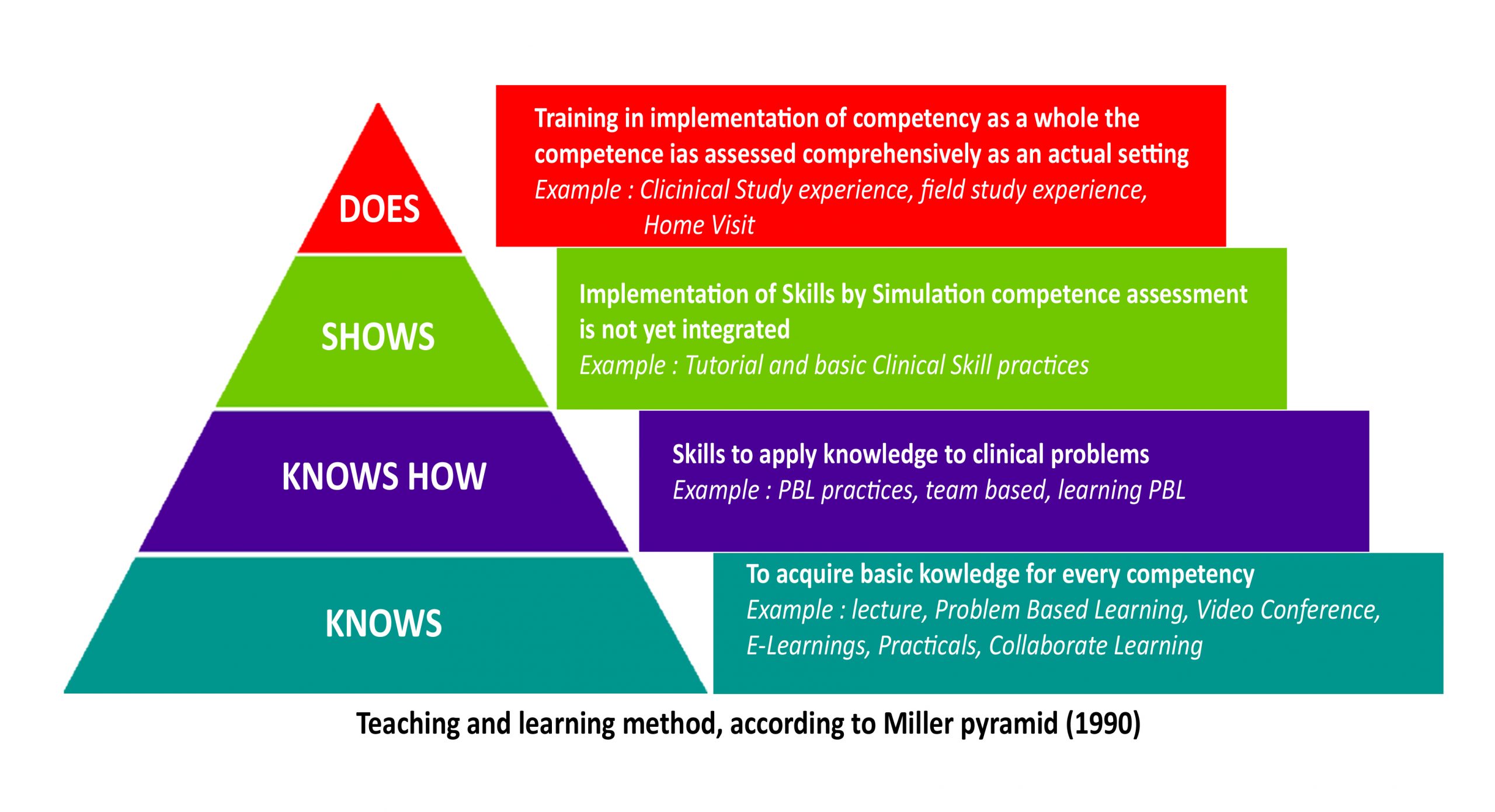Evolution of Medical Training
Evolution of Medical Training
(Evolution of Medical Training)
Medical education changes
Write a 3-5 page paper that analyzes the changes that have occurred in medical education from the 1800s to today. Compare and contrast the apprenticeship and academic models of medical education and provide examples.
NB: APA Formated.

Medical Education Changes: A Historical Analysis
Introduction Medical education has undergone significant transformations from the 1800s to the present day. The shift from an apprenticeship-based model to a structured academic system has improved the quality of medical training and patient care. This paper explores the historical evolution of medical education, compares the apprenticeship and academic models, and provides examples of these changes.
Medical Education in the 1800s
In the 19th century, medical education primarily followed an apprenticeship model. Aspiring physicians learned by working under the supervision of experienced doctors. Formal medical schools existed, but they lacked standardized curricula, and admission requirements were minimal. Training was inconsistent, often focusing more on practical experience than on scientific knowledge. Many physicians trained without any formal education, relying instead on direct patient care experiences and mentorship from established doctors (Flexner, 1910).
The Shift to an Academic Model
By the early 20th century, medical education transitioned toward a more structured academic model. This change was largely influenced by the Flexner Report of 1910, which exposed the inadequacies of many medical schools and called for reform. The report advocated for rigorous scientific training, standardized curricula, and affiliations with research institutions (Flexner, 1910). As a result, medical education became more formalized, emphasizing coursework in anatomy, physiology, pathology, and pharmacology, followed by clinical training in hospital settings.
Comparison of Apprenticeship and Academic Models
The apprenticeship model provided hands-on experience but lacked standardization and scientific rigor. Learning was highly individualized, depending on the mentor’s expertise. In contrast, the academic model introduced structured curricula, standardized assessments, and evidence-based medicine.
- Curriculum and Structure: The apprenticeship model was informal, with no standardized curriculum. In contrast, the academic model includes preclinical coursework, clinical rotations, and residency programs that ensure a comprehensive education.
- Training and Assessment: Apprentices were trained through direct patient care with little formal assessment. The academic model introduced licensing exams, board certifications, and continuous professional development.
- Scientific Advancements: The apprenticeship model often relied on traditional practices, while modern education incorporates medical research, technology, and evidence-based medicine.
Modern Medical Education
Today, medical education consists of undergraduate pre-medical studies, medical school, residency, and fellowship programs. Technological advancements have introduced simulation-based training, online learning platforms, and interdisciplinary collaboration. The integration of artificial intelligence and telemedicine into medical training has further improved the learning experience (Cook et al., 2019).
Conclusion
The evolution of medical education from an apprenticeship model to an academic framework has led to significant improvements in the quality of healthcare. Standardized training, rigorous assessments, and scientific advancements have enhanced medical knowledge and patient outcomes. While hands-on experience remains crucial, the integration of academic learning has revolutionized medical training and professional development.
References
Cook, D. A., Brydges, R., Zendejas, B., Hamstra, S. J., & Hatala, R. (2019). Mastery learning for health professionals using technology-enhanced simulation: a systematic review and meta-analysis. Academic Medicine, 94(3), 366-374.
Flexner, A. (1910). Medical education in the United States and Canada: A report to the Carnegie Foundation for the Advancement of Teaching. Carnegie Foundation.
- Flexner Report: https://www.ncbi.nlm.nih.gov/pmc/articles/PMC2485387/
- Evolution of Medical Education: https://www.aamc.org



